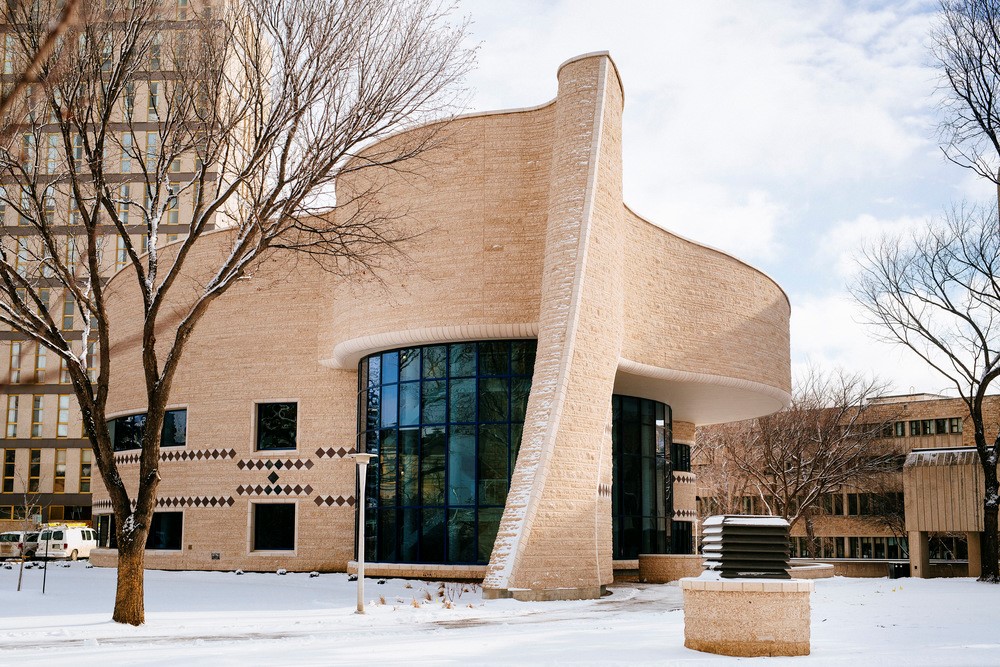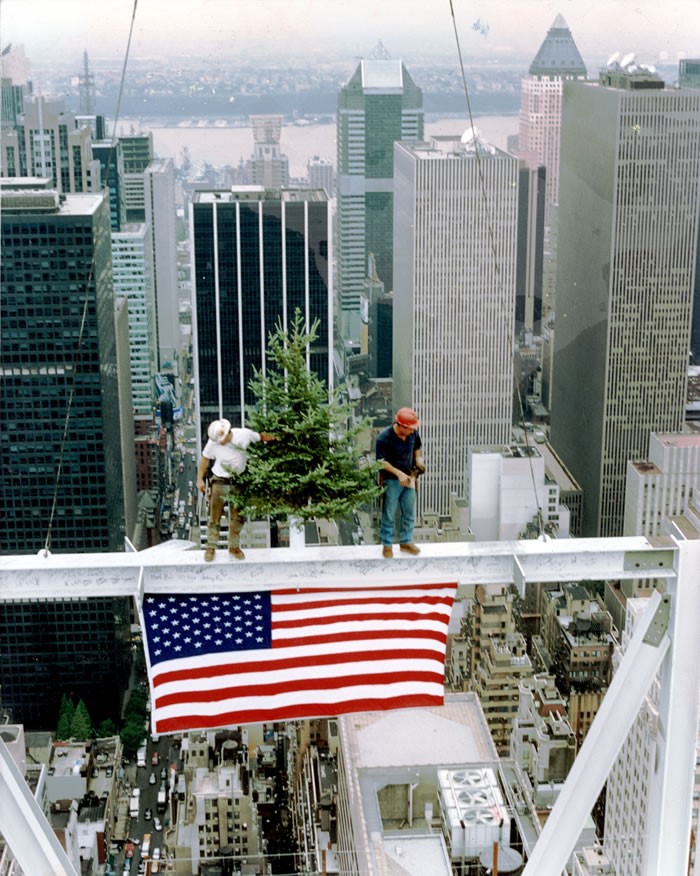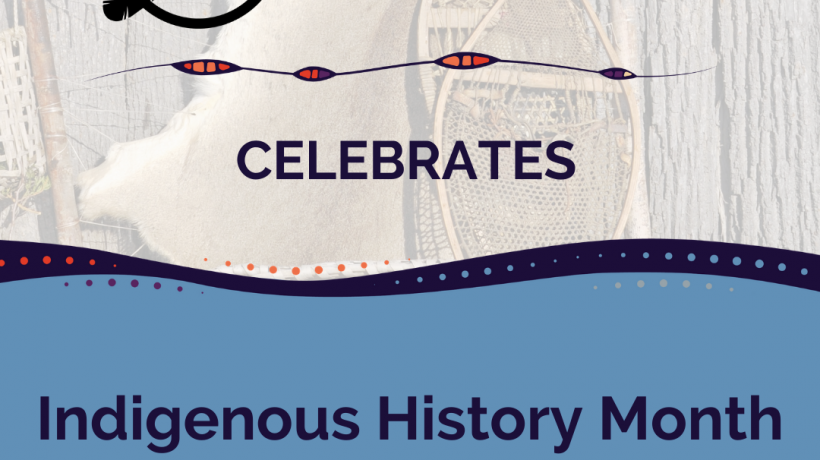Since time immemorial, Indigenous peoples of Turtle Island (otherwise known as North America) have been developing, inventing, refining and influencing advancements in a wide range of areas, creating a real and meaningful impact on our current way of life.
From music to food, to business, to science, technology, engineering and math, no discipline has gone untouched by Indigenous peoples. However, their achievements in these areas often go unnoticed throughout modern history as written records tend to gloss over the impressive contributions First Nations peoples and cultures have had in our society.
June is National Indigenous History Month, so we’re taking the time to highlight and showcase some of the amazing contributions First Nations peoples have made in the areas of science, technology, engineering, math, and other technical fields.
Follow along as we highlight two #IndigenousInnovators, whose impact cannot go unnoticed, on our social media channels each week. Follow @ofntsc on social media and share to help increase awareness of this subject and please continue reading to learn more about these incredible people.
Science:
Robin Wall Kimmerer – Robin is a member of the Potawatomi Nation and is a well-respected author and environmental scientist. Robin’s work focuses on bringing both Traditional Ecological Knowledge and modern scientific knowledge together in the name of sustainability. Her interests include not only restoration of ecological communities, but also restoration of our current relationships with the land, which has become strained in modern times.
Engineering:
Joseph Connoly - Joseph Connoly of the Onondaga Nation is a band member of the Six Nations reservation in Ontario, Canada. Joseph graduated from the Ohio state university earning both a B.S. in Aerospace Engineering and B.A. in Sociology. Joseph after gaining an M.S. and a PHD, would eventually join NASA to help design propulsion systems.
John Herrington – John Herrington is a member of the Chickasaw Nation. He made his impact in history by becoming the first enrolled member of an Indigenous nation to fly in space. John is currently a retired United States Naval Aviator, engineering and NASA astronaut.
Mathematics:
Mary Golda Ross – Mary Golda Ross was a member of the Cherokee Nation and was one of the NASA mathematicians and engineers who helped send Apollo astronauts into space. Beyond this amazing feat, she also helped develop the plans for the P-38 Lightning fighter place for Lockheed Martin. As a mathematician and engineer, she was one of the authors of the NASA Planetary Flight Handbook, Vol. III about space travel to Mars and Venus. Some of her theories and papers are still classified.
Water rights:
Autumn Peltier – Autumn is a world-renowned water rights activist from Wiikwemkoong First Nation on Manitoulin Island. Since the young age of twelve, Autumn has been influencing and inspiring youth and adults alike to get more involved in environmental activism. “In April 2019, Peltier was appointed Chief Water Commissioner by the Anishinabek Nation and has spoken about the issue of contaminated water on Indigenous reserves in Canada at the United Nations,” (The Canadian Encyclopedia, 2020).
Architecture:
Douglas Cardinal – Douglas Cardinal comes from the Blackfoot/Kainai and Algonquin nations. His work is recognized the world over for its flowing lines and use of natural materials which evoke his philosophies of sustainability, green buildings and ecologically designed structures. “His architecture springs from his observation of nature and its understanding that everything works seamlessly together,” (Douglas Cardinal).

Infrastructure:
Mohawk Ironworkers – “For more than 100 years, Mohawk people have taken part in the seemingly superhuman task of building skyscrapers and bridges throughout the United States, Canada, and abroad. Working in New York City since the 1920s, these brave and skilled ironworkers built the city’s most prominent landmarks, including the Empire State Building, the Chrysler Building, the George Washington Bridge, and the World Trade Center,” (Smithsonian Institution).


